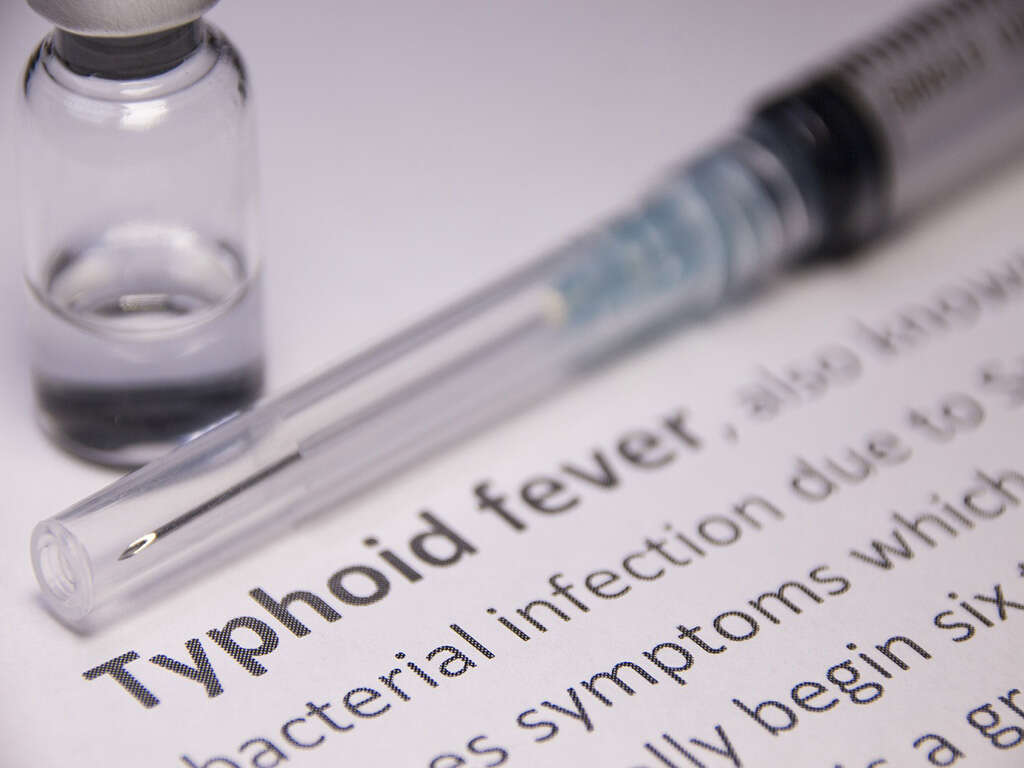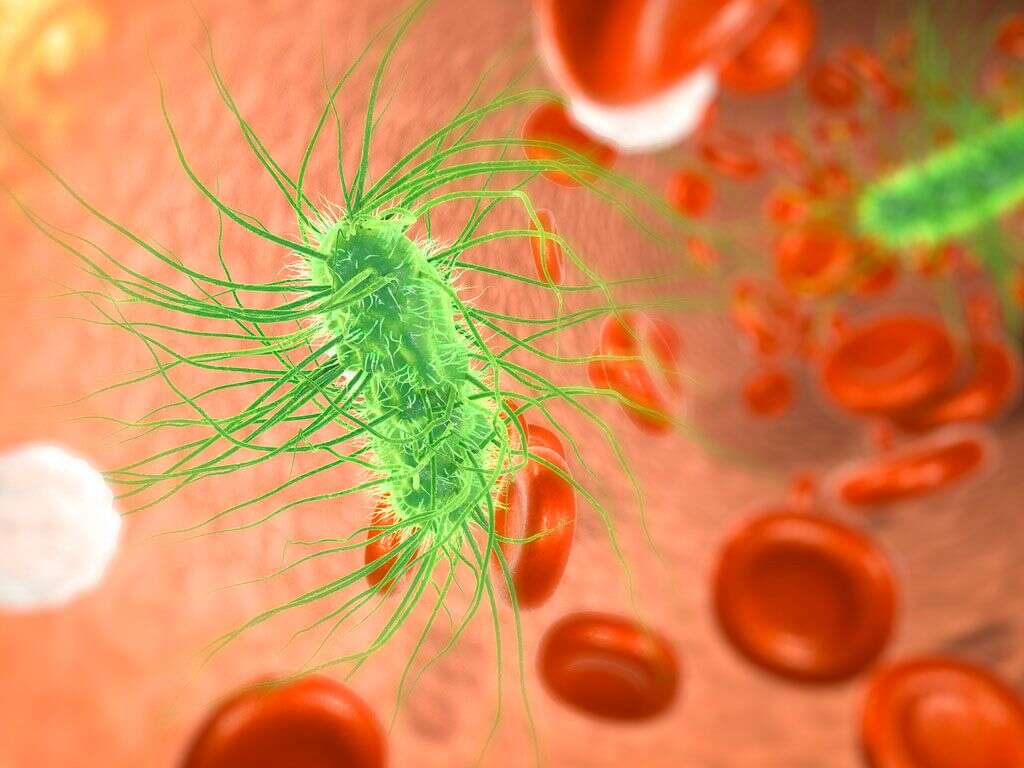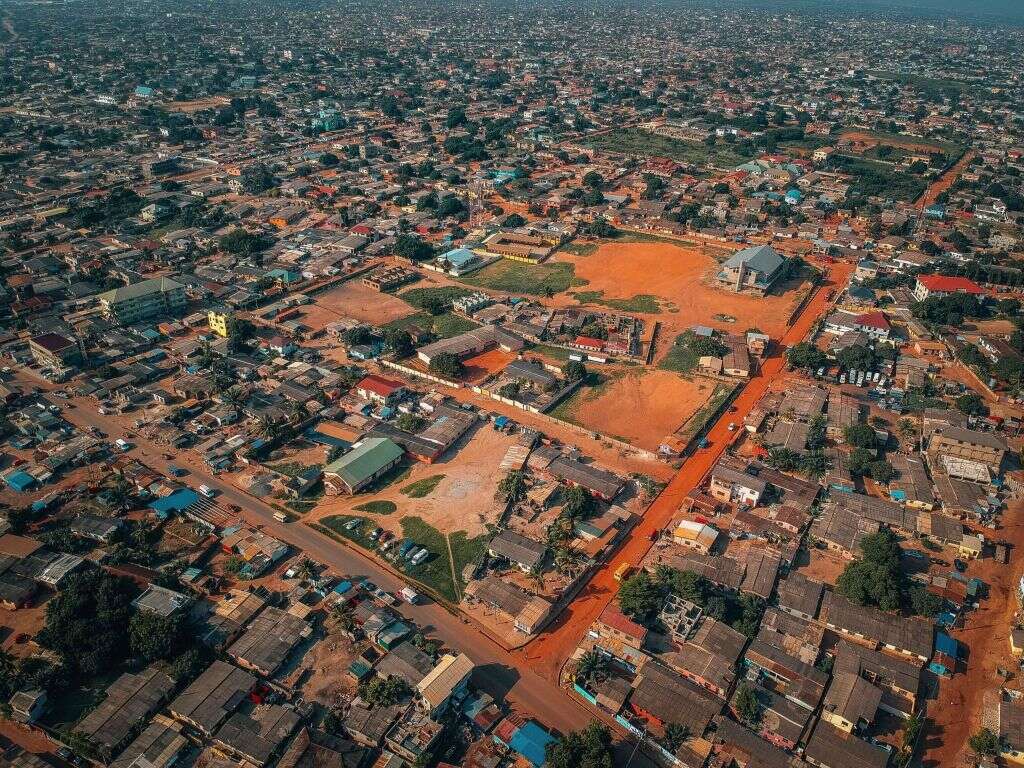What Is Typhoid?
Typhoid is a disease that used to be something that terrified much of the world. It was a very dangerous disease that would kill many people, and millions have fallen to the disease throughout history. The good news is that modern practices and medication mean the disease is not as dangerous as it once used to be.
There are still some parts of the world where typhoid is a very real threat, however. Here, people are more likely to catch the disease and some will not have access to the medication that can prevent serious complications, and save their lives.
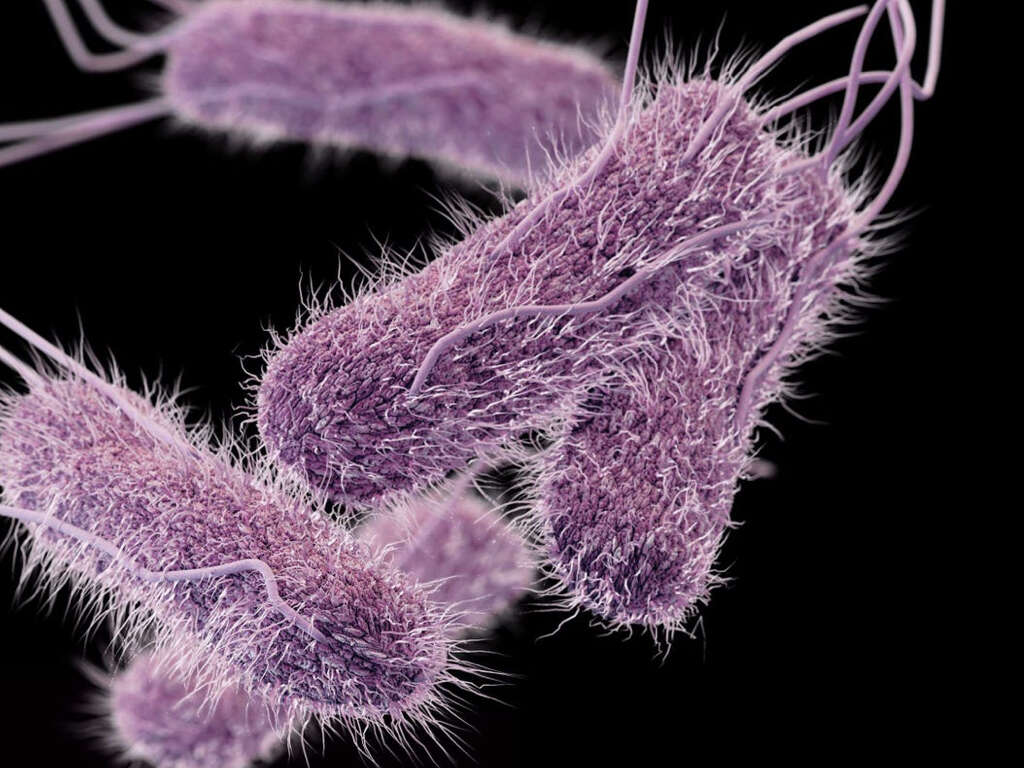
1. Typhoid
Typhoid fever is now rare in developed countries, but it is still prevalent in many other parts of the world. It is caused by an infection from a particular type of bacterium and it can cause some very serious symptoms in some people. Children are particularly prone to catching the disease.
Because the disease is rare in developed countries, vaccination is only usually recommended for people who are expecting to travel to certain parts of the world. The disease can be treated in many instances, but it will be fatal even with treatment in a very small percentage of cases.

2. Salmonella Typhi
Salmonella Typhi, which is related to the bacterium that causes the salmonella disease, is responsible for causing typhoid. Once somebody has become infected, the bacterium will typically make home in their host’s digestive system and blood. Some bacteria will be present in the patient’s urine and feces when they urinate or defecate.
In developed nations, hygiene standards mean this contaminated matter is unlikely to make it to our food and drink. The same cannot be said for other parts of the world, however. The disease is often caught after eating or drinking food or drinks prepared by somebody who has not washed their hands after using the bathroom.

3. Typhoid Carriers
In the majority of cases, the patient will be rid of the bacteria once they have recovered from the disease. This is not always the case, however, and the bacteria will continue to live on in the digestive system of some people. While the patient may no longer be showing symptoms, they can still spread the disease, and they can still be infected for many years.
These people are known as chronic carriers, and Typhoid Mary, who died in 1938, is a well-known example of such a carrier. Carriers will continue to pass the bacteria out of their feces, which can go on to infect other people if adequate hygiene and sanitation standards are not met.
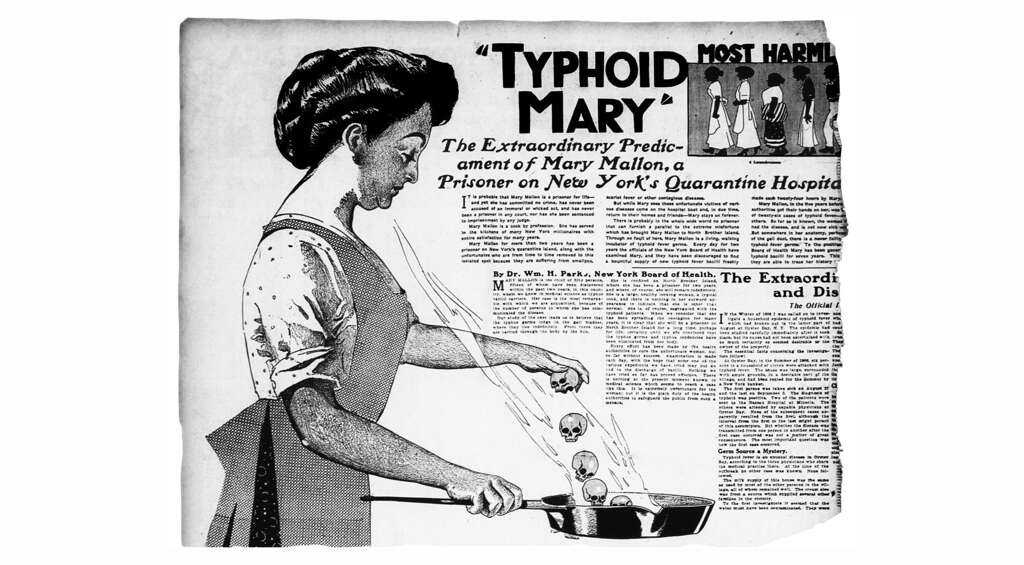
4. Early Symptoms
Symptoms of typhoid will tend to appear between one and 3 weeks after the patient has been infected. They are also likely to develop gradually. These symptoms will typically include a high fever, aches and pains, sweating, and a headache. The patient can also experience excessive sweating.
Typhoid will also tend to cause a dry cough, and the patient can also develop a rash. The disease will also tend to cause patients to become weaker than usual and feel fatigued throughout the day. Diarrhea and constipation are other potential symptoms, while the patient can also experience pain in their abdomen. The patient’s abdomen may also become very swollen.

5. Later Symptoms
If the patient is not treated then their symptoms will progress, and one symptom likely to develop is delirium. This is a condition where the patient finds it difficult to think clearly and they can struggle to even know what is around them. In some cases, the patient may not even be aware of who they are.
Another potential symptom of typhoid is the typhoid state. This is a condition where the patient will lay for long periods in a semi-conscious state. The patient may also be muttering indecipherable words, and they may also pick and pull at imaginary objects. Although this symptom is associated with typhoid, it can also be caused by some other medical conditions.

6. Complications
Typhoid can also go on to cause some very serious complications. One of these is a perforated intestine. This means that part of your digestive system has become torn and the contents are able to leak out into the abdominal cavity, which is an extremely serious condition.
Typhoid will also sometimes cause sepsis, which is a very dangerous condition caused by a severe reaction by the immune system to the presence of the infection. Pneumonia is another potential complication as are myocarditis and endocarditis. The patient can also experience kidney and bladder infections, psychiatric problems, and meningitis is another possibility.
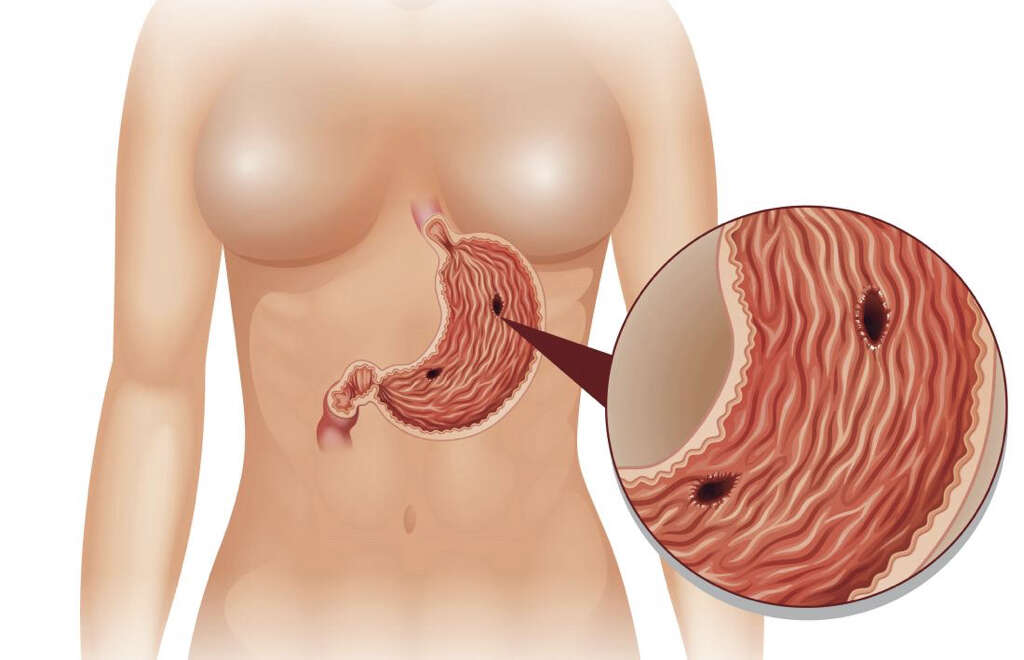
7. Who’s At Risk
Typhoid fever can affect people of all ages, but children are more likely to catch the disease than adults are. Their symptoms are also likely to be milder, however. People are also at greater risk if they live in a part of the world where the disease is prevalent. This includes Africa, South America, Southeast Asia, and India.
Other people in high risk groups include those who are in areas where hygiene standards are poor; you are also in a higher risk group if you are in close contact with another person who has the disease. People who work with bacteria like Salmonella Typhi will need to take precautions against the disease.
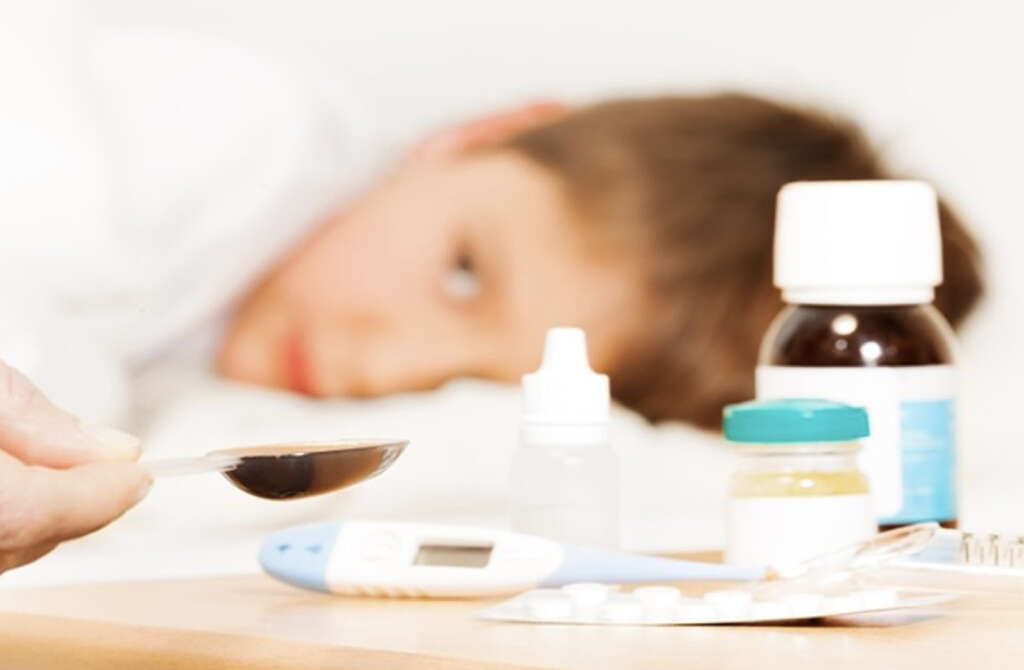
8. Prevention
Vaccines are available for typhoid, but they are not particularly effective. However, everybody can take steps to help give them further protection against the disease. One of these is to wash your hands regularly, especially after using the bathroom and before preparing food. Using soapy water and/or hand sanitizers are particularly effective at helping to prevent the spread of diseases.
You should also try and avoid eating any food that has not been thoroughly washed and cooked, and you should try and drink bottled water only. If you do have typhoid fever yourself then you should try and take precautions to help prevent other people from catching the disease.

9. Diagnosis
Your doctor will need to ask you about your symptoms and about your medical history. They will also likely need to ask if you have recently been travelling to a part of the world where typhoid is found. Tests will likely need to be undertaken in order to confirm what is causing the symptoms.
Your doctor will need to take a sample of your stools, urine, or blood. A sample of bone marrow will be needed in some cases. These samples can then be used to look for the presence of the Salmonella Typhi bacterium. In some cases, it may be necessary to look for typhoid DNA in your blood, or signs of the antibodies that are made to help fight the virus.

10. Treatment
While typhoid can be very dangerous if not treated, the good news is that treatment is available and is relatively straight forward. Antibiotics are usually quite effective at fighting the condition, and which type of antibiotic is used will vary according to different factors. As the bacterium develops a resistant to certain drugs, however, research needs to be done into new antibiotics.
The patient may also need treatment to help prevent them from becoming dehydrated, and vulnerable patients will need to be monitored for signs of severe dehydration. In some cases, the patient may also need surgery to repair any perforations in their digestive system.




